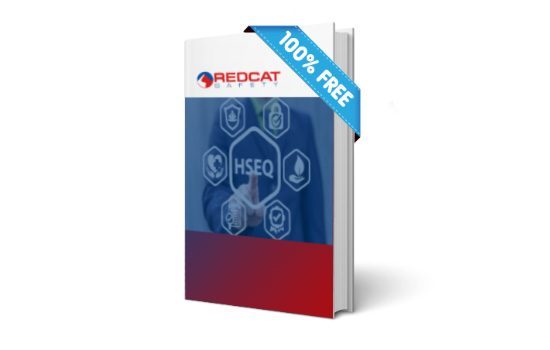About this Heavy Equipment Toolbox Talk
This heavy equipment toolbox talk can assist you to facilitate the elimination and reduction of hazardous interactions with the operation of powered heavy equipment. A person with management or control of heavy equipment at a workplace must eliminate or reduce, as far as reasonably practicable all risks and hazardous interactions with the powered heavy plant. Risk assessments should be completed on all heavy equipment within a worksite and those at risk with their interactions.
Conducting Pre-Start Checks
- It is mandatory that all powered heavy equipment and the work area is checked before operation and use.
- The operator must record any faults or safety issues that would deem the equipment unsafe.
- If unsafe to use, an out-of-service tag must be attached to the controls, noting the reason, time, date and name of the operator.
- Once the tag is attached, the defect or fault must be reported to a supervisor or person of authority who can initiate repair.
Safe Operation of Heavy Equipment
Any person who controls heavy equipment (except for cars) must:
- Be suitably trained (including safe fueling or battery charging practices and operational procedures).
- Have current approved external licenses and approved internal certification where required.
- Have been assessed for competency by an approved assessor who is knowledgeable in the working environment, operation and condition of heavy equipment.
- Utilize any safety devices fitted to the heavy equipment such as seat belts, warning devices and speed limiters, etc.
- The operator must be aware of blind spots and workers should wear high visibility clothing on construction sites.
- Heavy equipment operators involved in an incident or near miss MUST report this immediately.
- Supervisors must check daily that all pre-start-up checks have been completed by heavy equipment operators.
- Heavy equipment speed inside the working boundary must be no faster than a fast walking pace.
All necessary measures must be taken to ensure that heavy equipment does not:
- Overturn.
- Permit objects to fall on the operator of the heavy equipment. Roll over protection should be fitted to protect the operator.
- Allow the operator to be ejected from the heavy equipment.
- Collide with any person, structure or thing. Use hand signals where necessary when working around heavy equipment.
- Sustain mechanical failure of pressurized elements that may release fluids that pose a risk to the health and safety of workers.
Availability and Use of this Heavy Equipment Toolbox Talk
- This heavy equipment toolbox talk is accessible to you right now by clicking the ‘Checkout for Free Now’ button.
- No payment is required for this document and it will be delivered to you in fully editable Microsoft Word format for immediate and full use in your business.
- There are no subscriptions, contracts or ongoing costs.
You may also need:
- Heavy Equipment Inspection Checklist
- Plant and Equipment Register
- Plant Risk Assessment Form
- Daily Equipment Inspection Checklist
Please ‘Contact Us’ if you would like to discuss opportunities about this heavy equipment toolbox talk.

